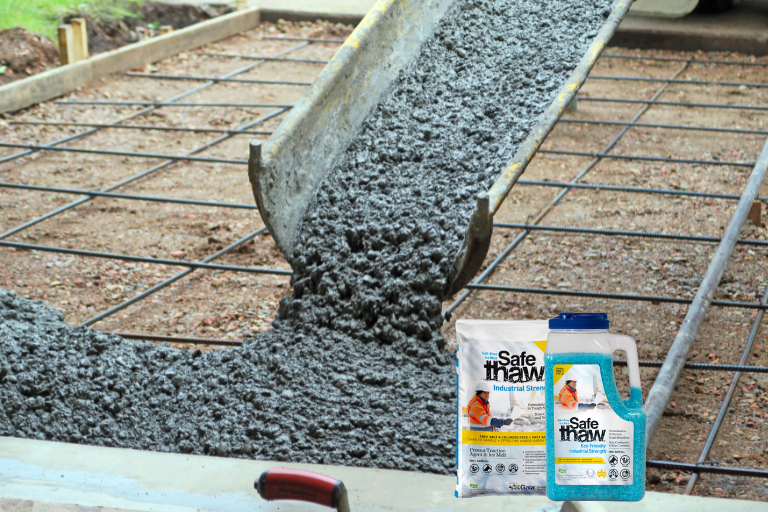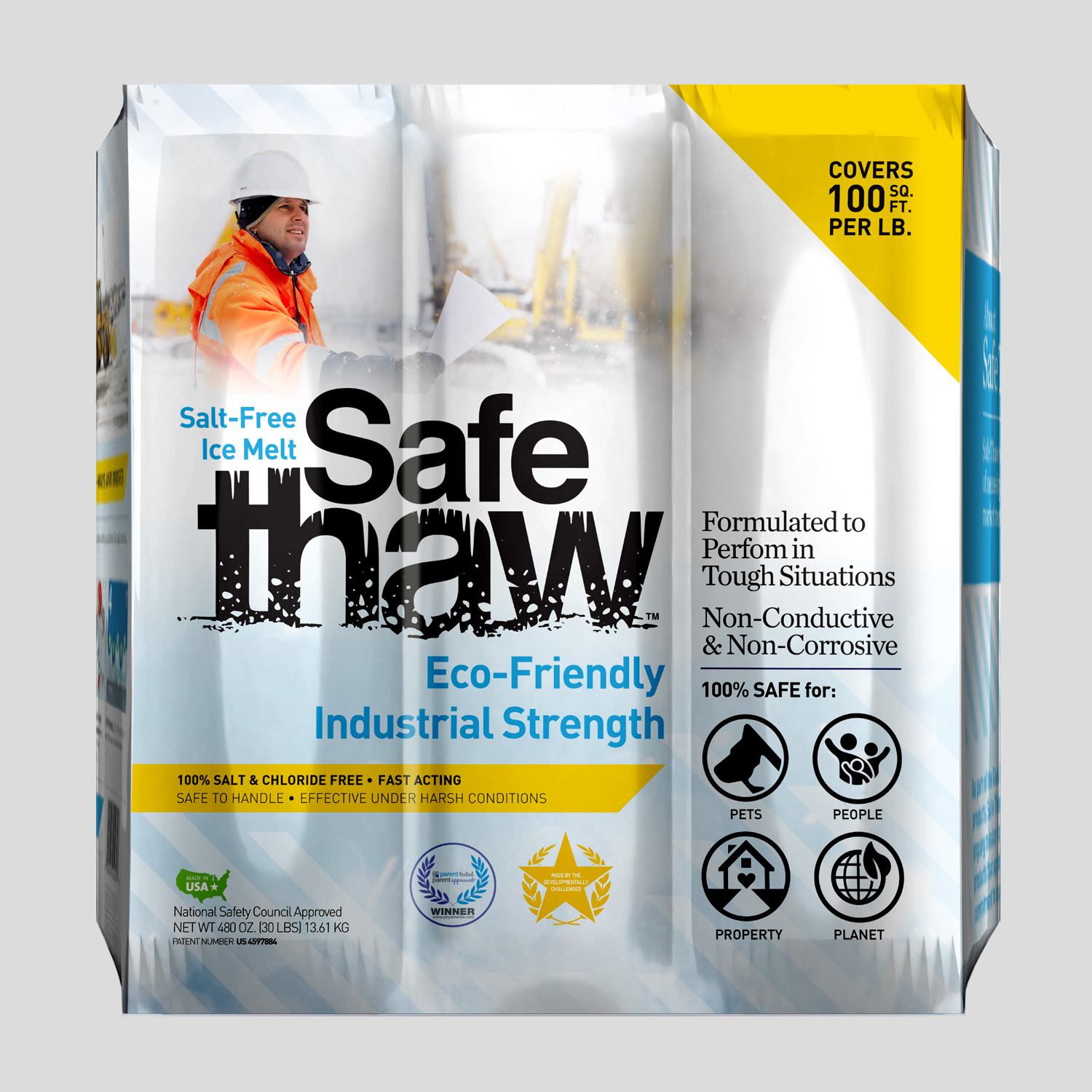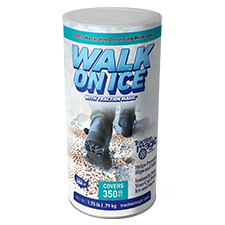The Ideal Temperature To Pour Concrete.

Ever tried baking a cake in a temperamental oven? One that’s too hot or too cold? The results, I can assure you, aren’t pretty. Similarly, laying concrete isn’t just about mixing water, cement, and aggregate. The ambient temperature plays a crucial role, much like that oven’s temperature for your cake. Let’s dive into understanding the ideal temperature to pour concrete and ensure your next project is a masterpiece.

Blizzards Are Here—Stock Up on Safe Thaw Today!
Safe Thaw was created as the ice management solution for tough winter environments. Ideal in commercial and industrial properties, shops, government agencies, bridges, and construction.
Why Does Temperature Matter: The Temperature To Pour Concrete
Concrete, as it cures, undergoes an exothermic reaction. In simpler terms, it releases heat. The temperature of the surrounding environment affects this process, and in turn, the strength and durability of the finished product. So what’s the right temperature to pour concrete?
- Too Cold: Concrete doesn’t set properly, leading to potential frost damage.
- Too Hot: Water evaporates too quickly, causing surface cracks and reducing strength.
Understanding this delicate balance is key to successful concrete work.
Hitting The Goldilocks Zone
Most experts agree that the sweet spot, or the Goldilocks zone for pouring concrete, lies between 50°F and 60°F (10°C and 15°C). Within this range, the chemical reactions between water and cement (hydration) occur optimally, ensuring a durable, cured finish.
However, life isn’t always perfect, and sometimes you might find yourself needing to pour concrete outside this ideal range. Fear not! Here’s how to navigate those tricky situations:
- Cold Weather Concreting: If the temperature is set to plummet below 40°F (4.4°C) within 48 hours of pouring, take precautions. Use warm water to mix the concrete, cover the finished project with insulating blankets, and whatever you do, avoid adding extra water. This might make it easier to mix, but it also increases the chances of frost damage.
- Hot Weather Concreting: Facing a scorching day? Start your work early in the morning or late afternoon when temperatures are cooler. Use cold water for the mix and consider setting up sunshades if working in an open area.
Winter Storms Are Here!
Stay Safe with Our 100% Salt And Chloride-Free, Pet Safe Ice Melt.
Driveway Specifics: A Thickness Rundown
Now, while we’re talking about getting concrete projects right, let’s address a common query: how thick should concrete be for a driveway? Typically, a standard driveway designed for personal vehicles requires a thickness of 4 inches. But if you’re expecting heavier traffic, like trucks or RVs, then 5-6 inches is the way to go. After all, a thicker slab offers more strength and durability.
Protecting Your Concrete In Winter: Enter Safe Thaw
While we’ve covered how to pour concrete in various temperatures, winter maintenance deserves special mention. Ice and snow can spell disaster for a newly laid driveway or pathway. That said, using aggressive de-icing chemicals can cause more harm than good.
My recommendation? Safe Thaw. This granular ice melt is not only effective but is also chemical and toxin-free. It ensures a slip-free surface without wreaking havoc on your concrete. It’s a win-win!
100% Salt & Chloride-Free Ice Melt for Winter Storm Protection.
Final Thoughts
Pouring concrete is both a science and an art. Much like baking, it’s about precision, patience, and understanding your ingredients. The ambient temperature plays a significant role in how your concrete cures. By being aware and taking the necessary precautions, you can ensure a project that stands the test of time.
For those looking to embark on a DIY concrete journey or just aiming to be more informed before hiring professionals, remember: Knowledge is power. Armed with the right information, your next concrete project will be a breeze.
Try Also Our Other Winter Safety Products:
Safe Paw
The Original and #1 Selling Pet and Child Safe Ice Melt for over 20 years. Guaranteed environmentally safe –It won’t harm animals or children, and it won’t damage your property. That’s Safe Paw. Safe Paw can change how winter affects our planet.

Walk On Ice
The handy disposable canister can be taken everywhere, with the same 100% naturally occurring minerals that provide instant traction on ice or snow. Use it on sidewalks, steps, or as an instant traction agent for your car.



